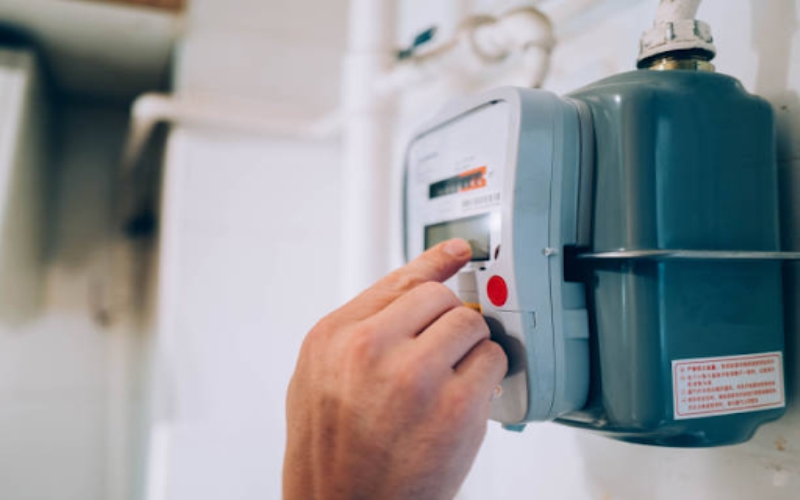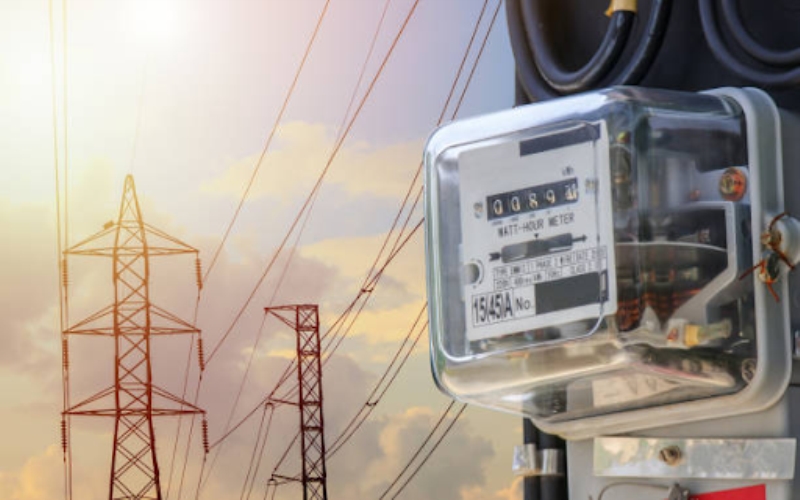In the unassuming corners of our homes and businesses, a silent guardian works tirelessly, measuring and monitoring the lifeblood of our modern existence—electricity. The electricity meter, often overlooked, is a crucial component in the intricate web of power distribution, ensuring accountability, efficiency, and sustainability. This essay aims to shed light on the unsung hero of our electrical systems, exploring its evolution, functions, and the pivotal role it plays in shaping our energy landscape.
The Evolution of Electricity Meters
From humble beginnings to smart technologies, the journey of electricity meters mirrors the progress of our society in harnessing and managing electrical power. Early in the electricity meter Philippines were rudimentary devices, primarily mechanical and manual in operation. Over time, these evolved into electromechanical meters, incorporating advancements such as rotating disks and digital displays.
In recent decades, the digital revolution has profoundly impacted electricity meters. The emergence of electronic meters marked a paradigm shift, offering increased accuracy and programmability. The most recent innovation, smart meters, has brought about a transformative wave in the energy sector. Smart meters go beyond mere measurement; they enable real-time communication, providing consumers and utility companies with valuable insights for efficient energy management.
Functions and Significance
At its core, the primary function of an electricity meter is to measure the amount of electricity consumed. This measurement forms the basis for billing, allowing consumers to pay for the energy they use. Beyond this fundamental role, electricity meters serve several other critical functions:
Data Collection and Analysis:
Modern electricity meters, especially smart meters, are equipped with sophisticated sensors that gather detailed data on energy consumption. This data, when analyzed, offers valuable insights into usage patterns, helping consumers and utility companies make informed decisions about energy efficiency.
Remote Monitoring and Control:
Smart meters enable remote monitoring and control of energy consumption. Utility companies can remotely connect or disconnect service, eliminating the need for physical interventions. Consumers, in turn, can access real-time data through online platforms, fostering a proactive approach to energy management.
Demand Response:
Smart meters facilitate demand response programs, wherein consumers can adjust their energy usage based on real-time pricing or grid conditions. This not only benefits consumers by optimizing costs but also helps balance the load on the electrical grid, promoting overall system reliability.
Integration with Renewable Energy Sources:
As the world embraces renewable energy sources, electricity meters play a crucial role in integrating solar panels, wind turbines, and other renewables into the grid. Smart meters enable seamless monitoring and feedback, ensuring a smooth transition to a more sustainable energy mix.

Challenges and Controversies
While electricity meters contribute significantly to the efficiency and sustainability of our energy systems, they are not without challenges and controversies. One common concern revolves around privacy issues related to the detailed data collected by smart meters. Striking a balance between the benefits of data-driven insights and individual privacy rights remains a topic of ongoing debate.
Moreover, the upfront costs associated with upgrading to smart meter infrastructure can be a barrier for some utility companies and consumers. However, the long-term benefits, including reduced operational costs and enhanced energy efficiency, often justify the initial investment.
Future Outlook
The future of electricity meters holds exciting possibilities, driven by advancements in technology and a collective global commitment to sustainable practices. Artificial intelligence (AI) and machine learning are poised to play a more significant role in optimizing energy usage, with meters evolving into intelligent devices capable of learning and adapting to consumer behavior.
The integration of blockchain technology is another avenue being explored to enhance the security and transparency of energy transactions. Blockchain can provide a tamper-proof and decentralized ledger, ensuring the integrity of data from electricity meters.
Conclusion
In conclusion, the electricity meter stands as a silent witness to the evolution of our energy landscape. From the mechanical devices of the past to the smart meters of the present, its journey reflects our quest for efficiency, sustainability, and a deeper understanding of our energy consumption. As we navigate the complexities of the future, the electricity meter, in its various forms, will continue to be a cornerstone in our collective efforts to build a more responsible and sustainable energy ecosystem.

